

Damion Smy
Boxy new KGM Musso unveiled to take on HiLux and Ranger ahead of Australian launch
10 Hours Ago
The Peugeot 408 is a quirky entrant to a hotly contested corner of the car market in Australia. Is it good weird, or bad weird?
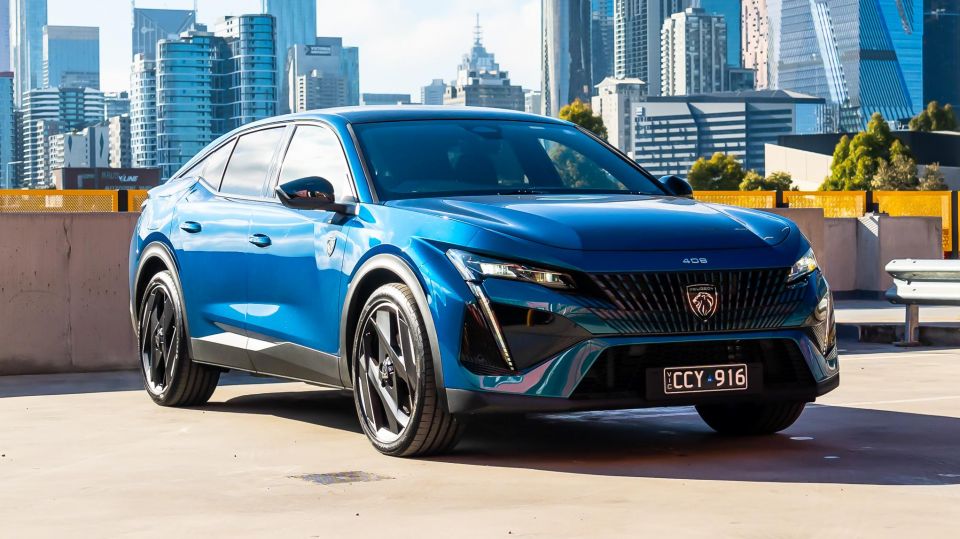
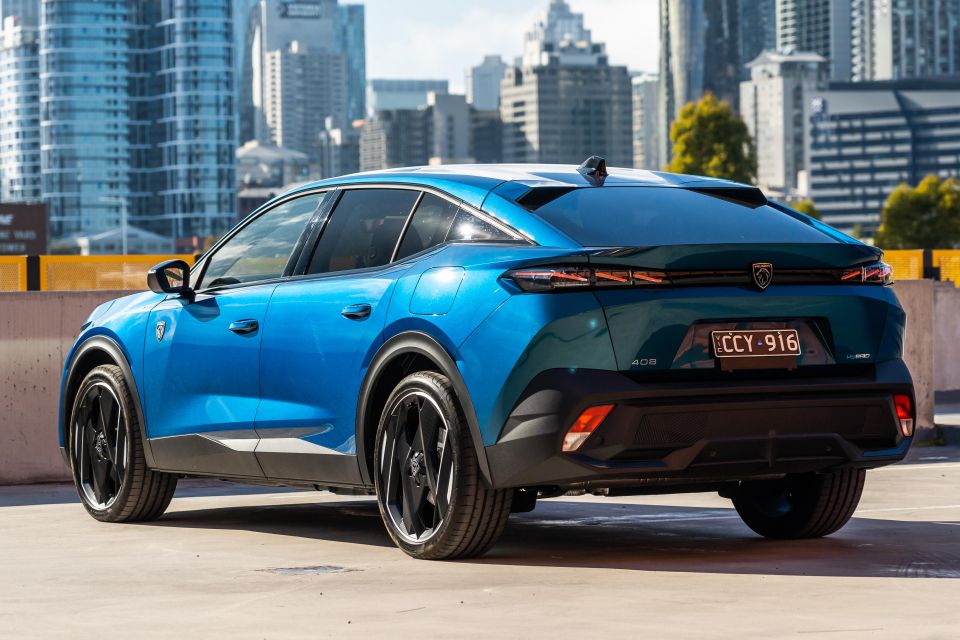

Quickly see how this car stacks up against its competition. Select any benchmark to see more details.
Where expert car reviews meet expert car buying – CarExpert gives you trusted advice, personalised service and real savings on your next new car.
Peugeot has never made cars you could call conventional, but even by those standards the 408 is a pretty funky thing.

According to the body that categorises new cars in Australia, it’s a rival for the base Audi Q5 and mid-range Mazda CX-60… but it doesn’t really look like any of its rivals, with a rakish looking fastback design that’s unlike anything else on local roads.
Peugeot hasn’t taken a conventional path with its powertrain, either. You can’t have all-wheel drive, nor can you have a pure petrol (in Australia) or diesel, or even a Toyota-style hybrid.
Instead, just one high-end variant is on offer with plug-in hybrid power. Sometimes though, different can be better – is that the case with the 408?
Just one version of the Peugeot 408 is available in Australia.

| Model Variant | $RRP |
|---|---|
| 2024 Peugeot 408 GT Fastback Plug-in Hybrid | $67,990 |
Prices exclude on-road costs
To see how the Peugeot 408 lines up against the competition, check out our comparison tool.
Buy your new car without the stress. It's fast, simple and completely free.

Great service from Travis and team, second time I have used this business would not hesitate to recommend them to anyone
Craig C.
Purchased a Ford Ranger in Sunshine Coast, QLD
CarExpert helped Craig save thousands on his Ford Ranger, now let us save you on your next new car.
Find a dealThis is an eye-catching car from the second you open the driver’s door, from its array of screens to the stitching pattern on the leather seats.
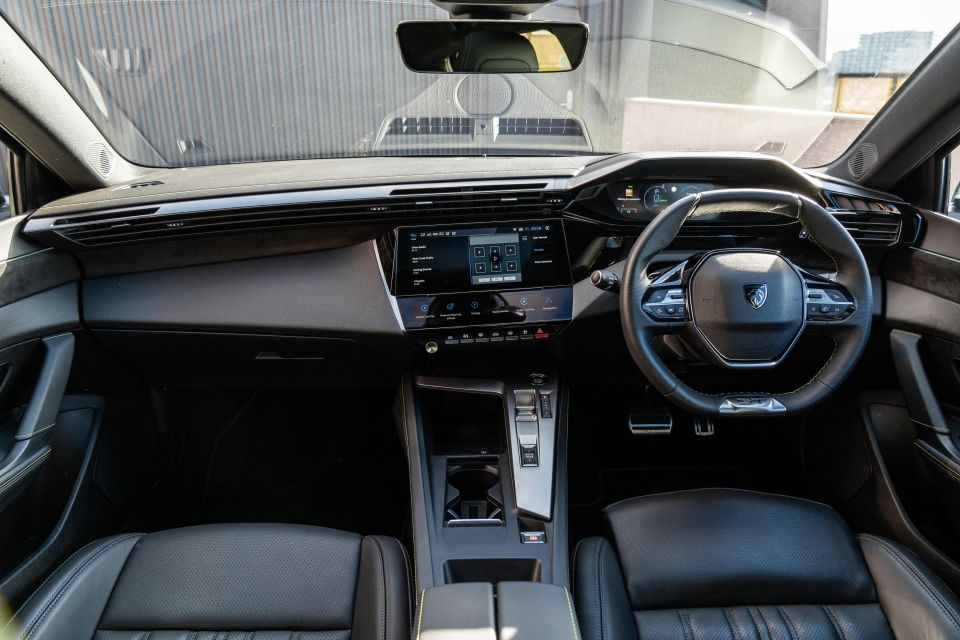
It’s also immediately identifiable as a Peugeot, with its high-set instrument binnacle and tiny, low-set steering wheel. Just like the exterior, this interior won’t be for everyone.
The fundamentals are solid. The seats are supportive and comfortable, with plenty of electric adjustment to accommodate awkward body shapes and sizes, and there’s a real feeling of quality to pretty much everything you touch.
Peugeot isn’t necessarily a rival for BMW or Mercedes-Benz, but its interior materials and designs are every bit as special.
Even after more than 10 years and multiple iterations, the iCockpit setup from Peugeot is a good idea… that immediately precludes a chunk of the population from owning one of its cars.
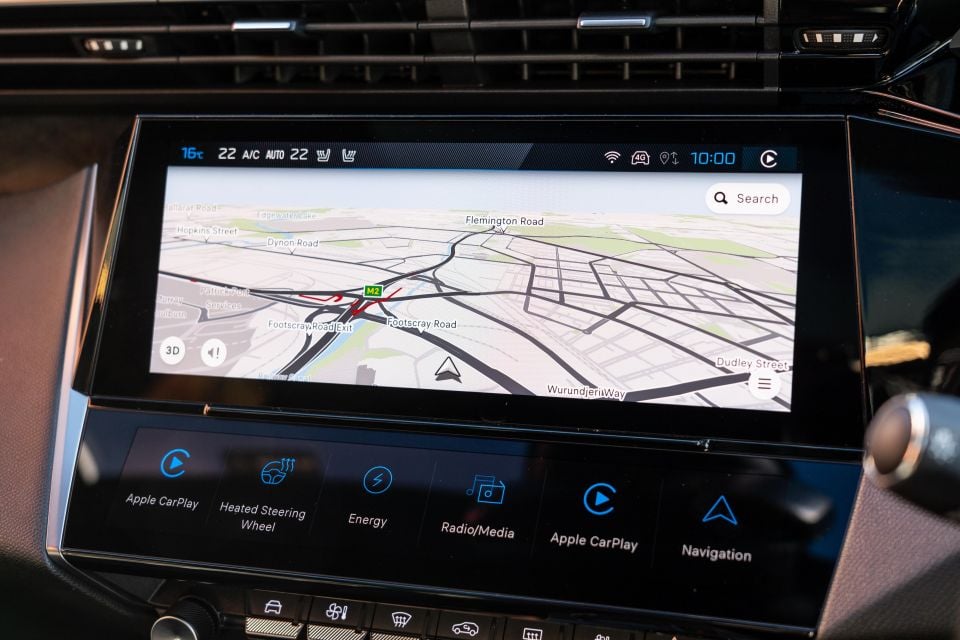
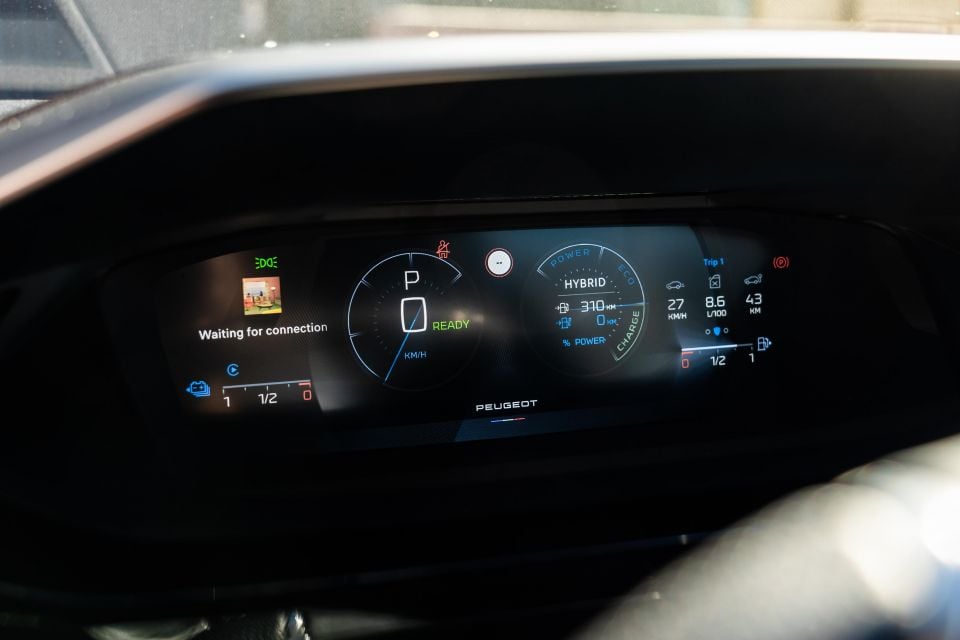
The idea is sound – you set the instruments up nice and high, where most brands have a head-up display, and then put the steering wheel below it so you’re not peering through a narrow gap at critical information.
In practice though some drivers can’t get the wheel high enough, some can’t get it low enough without it impacting their knees, and some just hate the idea of the change. I could get comfortable in the 408, but it’s definitely a car you need to sit in before signing on the dotted line.
Peugeot has made huge leaps with its cabin technology, though.
The touchscreen in the 408 is high resolution, and responds quickly enough to inputs that it doesn’t feel backwards in a world dominated by iPads and iPhones.
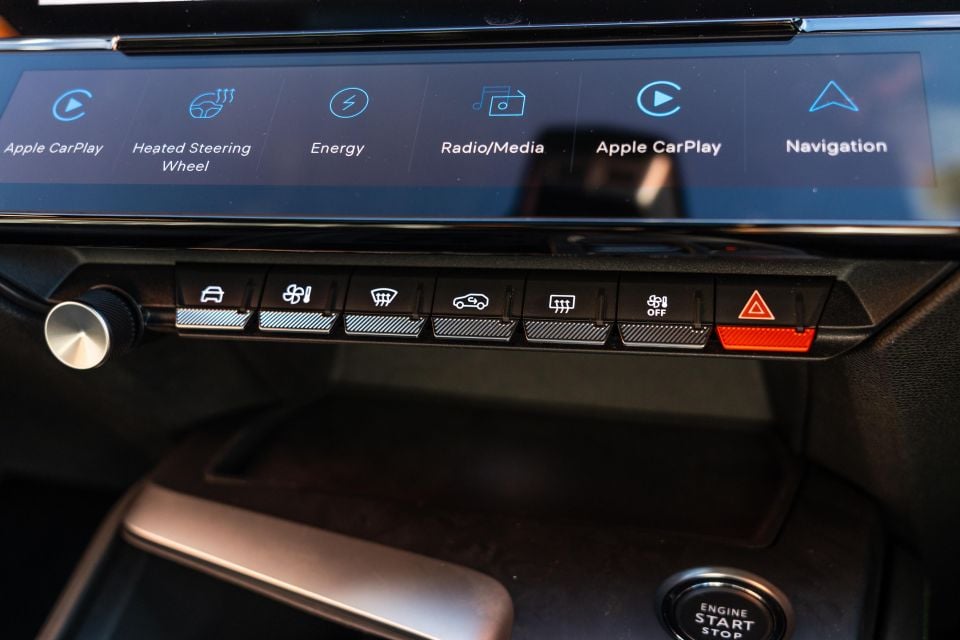
Peugeot has finally polished its technology to the point it feels quick and modern, and the row of customisable shortcuts below the touchscreen are a handy inclusion that makes it easier to jump from function-to-function.
Wireless smartphone mirroring works reliably, and you’re now able to customise the home screen to feature fan and temperature controls for the air conditioning. Well done Peugeot.
The digital driver’s display can be set up with a funky 3D effect, but it sent me slightly crosseyed. In 2D mode, it offers attractive graphics and plenty of information including mapping.
Storage space up front is solid. There’s a shelf under the dashboard that’s perfect for a plugged-in phone, or a wallet and keys if you’re using the wireless phone charger at the base of the transmission tunnel. Two USB-C ports feature up front.
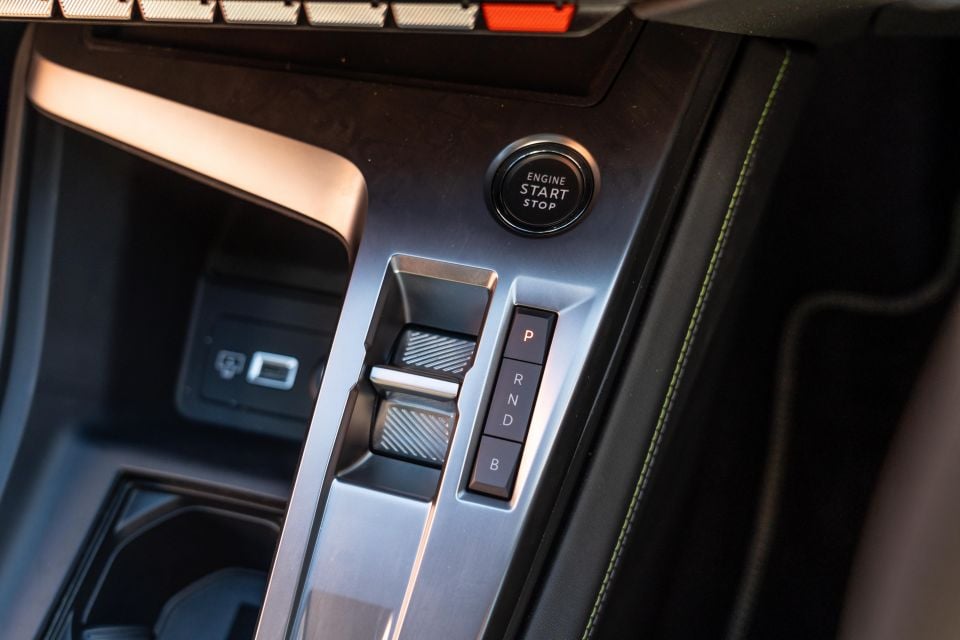
Beneath the central armrest is a space that’s heavily impacted by the lithium-ion battery pack.
Rear seat space is compromised by that stylish liftback body. Headroom is limited by the sloping roof and panoramic sunroof, and the rising belt line means it’s not a particularly light or bright space back there.
The door aperture is also quite narrow, making it tougher to load a child into a car seat or for adults to clamber back there.
It’s a shame, because legroom is up there with similarly-sized German rivals. Air vents feature back there, as do dual USB-C ports. There’s a fold-down central armrest that’s handy for keeping warring children apart, too.


The door bins will hold a 1L drink bottle, or a couple of bags of lollies for your road trip.
Boot space is impressive. There’s a claimed 471L of space with the rear seats in place, and the amount of room on offer under the massive powered liftback is impressive. It’ll take a set of golf clubs easily, or enough bags for a family weekend away.
The shape of the liftback does limit its practicality, however. If you’re often carrying awkward or bulky items, you’re better off waiting for the new E-3008 to touch down. Boot space with the rear bench folded is 1545L.
It’s also a stylish mid-sized SUV, but its more conventional shape means it’s a more practical car overall. There’s no spare wheel on offer, just a can of goo.
As with all plug-in hybrids, how you use the battery in the 408 is key to achieving good efficiency numbers.
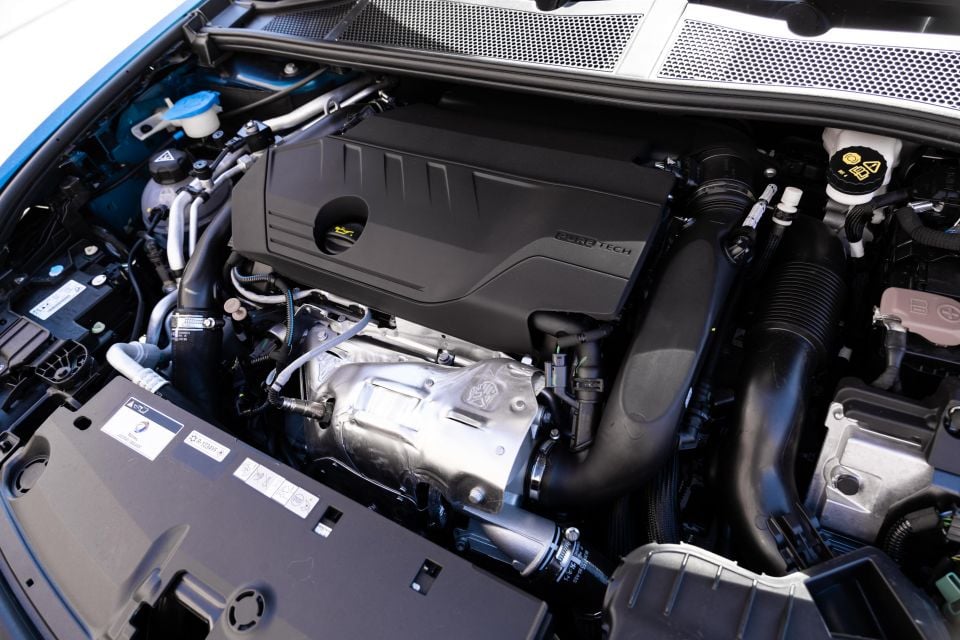
With the 12.4kWh lithium-ion battery pack charged, it’s possible to achieve between 0.0L and 1.5L/100km on a normal commute. The battery is good for 60km of EV driving on the WLTP test cycle.
It can charge at 3.7kW, at which speed it’ll take just shy of 4.0 hours to run from empty to full.
| Model | Peugeot 408 |
|---|---|
| Engine | 1.6-litre 4cyl turbo petrol |
| Engine outputs | 132kW + 250Nm |
| Electric motor outputs | 85kW + 320Nm |
| Total system power | 165kW |
| Total system torque | 360Nm |
| Transmission | 8-speed automatic |
| Battery | 12.4kWh lithium-ion (300V) |
| Driven wheels | Front-wheel drive |
| Weight | 1684kg (tare) |
| Fuel economy (claim) | 1.5 litres per 100km |
| Electric range (claim) | 60km |
| Fuel economy (observed) | 1.0L/100km (full battery) 8.5L/100km (empty battery) |
| Fuel tank size | 40 litres |
| Fuel requirement | 95 RON |
To see how the Peugeot 408 lines up against the competition, check out our comparison tool.
Peugeot has been doing plug-in hybrids for a while now, and it shows.

Whether or not you’re a subscriber to the concept of plug-in hybrids, the powertrain in the 408 is impressively polished. With charge in the lithium-ion battery pack, it does an impressive impression of an electric vehicle.
The petrol engine is never required in normal commuting when you’ve a full charge, although the petrol engine will kick in if you bury the accelerator. When it does fire, it does so with less of a fuss than in previous examples of the breed.
There’s no awkward handover between power sources, which makes for a proper punch in the back for the traffic light Grand Prix.
When the battery does go flat, the electric motor isn’t completely out of action. Instead, the 408 acts like a conventional hybrid, cutting the engine out at low speeds and helping the car get moving off the mark. It can also still offer a performance boost if required.
Efficiency does suffer though. Fully charged, the 408 will easily do between 0.0 and 2.0L/100km on the daily drive. With a depleted battery, we saw between 7.5 and 8.5L/100km.
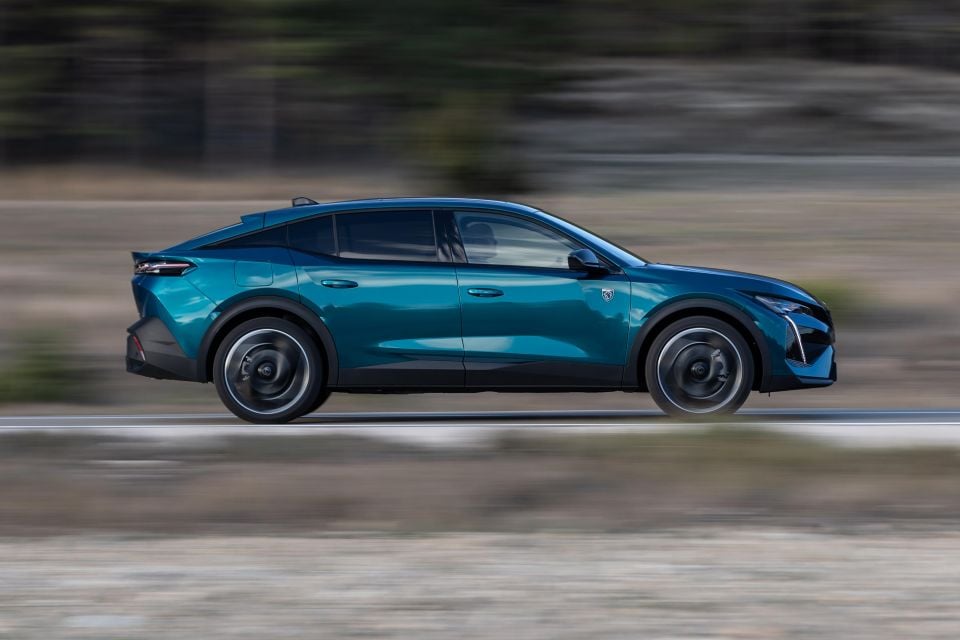
Beyond the PHEV system, the 408 is easy to drive in town. The tiny steering wheel is mated to a quick rack, and very little effort is required to twirl it from lock-to-lock.
That makes it simple to park in tight spaces, and fun to point-and-shoot on city streets. Vision over-the-shoulder is heavily hampered by the sloping roofline, and you’ll want to be careful of those funky retro-electro wheels on big kerbs.
Previous plug-in hybrid Peugeots felt big and heavy. The 408 is no featherweight, but it does control its weight better than its predecessors.
Ride quality is good over pimply city streets, and it doesn’t bounce around like a barge over higher-speed crests and dips. There’s still a sense the internal-combustion platform is straining to contain the mass of the lithium-ion battery pack and electric motors, but it’s better placed to fight that fight than before.
Even at highway speeds, the 408 is capable of near-silent electric progress. It’ll do up to 130km/h using the e-motor alone, although when the battery is flat it’ll instead cruise along with the petrol engine spinning at around 2000rpm.

Response is impressive, at least once the electric motor and transmission have had time to work out what’s happening.
There’s a hint of hesitation as the transmission kicks down, the engine lurches into its torque band, and the electric motor offers a hit of torque – but once it’s all sorted out there’s plenty of punch on offer for overtakes.
You get a hint of noise and vibration from the 1.6-litre turbocharged engine, but it’s never uncouth.
The active driver assists are generally smooth and smart. The adaptive cruise control keeps your speed in check if there’s a car in front of you, and the lane-centring system takes a hands-on approach to keeping the car between the white lines. It can be too hands on at times, but it does help ease the load on long drives.
Points to Peugeot for making its warning chimes interesting, as an aside. If you open the door while the car is moving (don’t ask how we know that) it sounds like you’re a Top Gun pilot with a missile lock.
A single Peugeot 408 variant is offered in Australia.
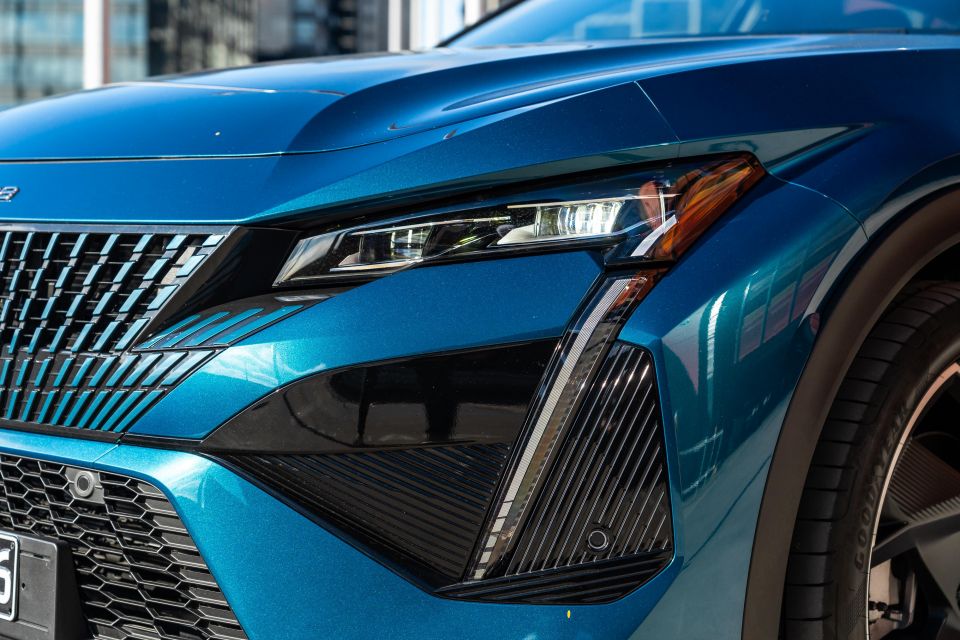
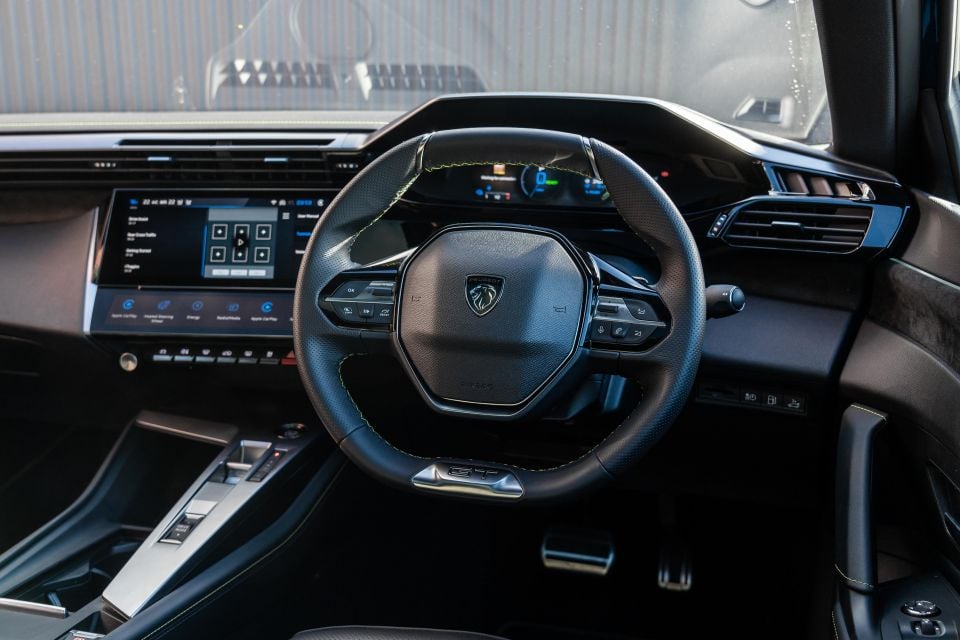
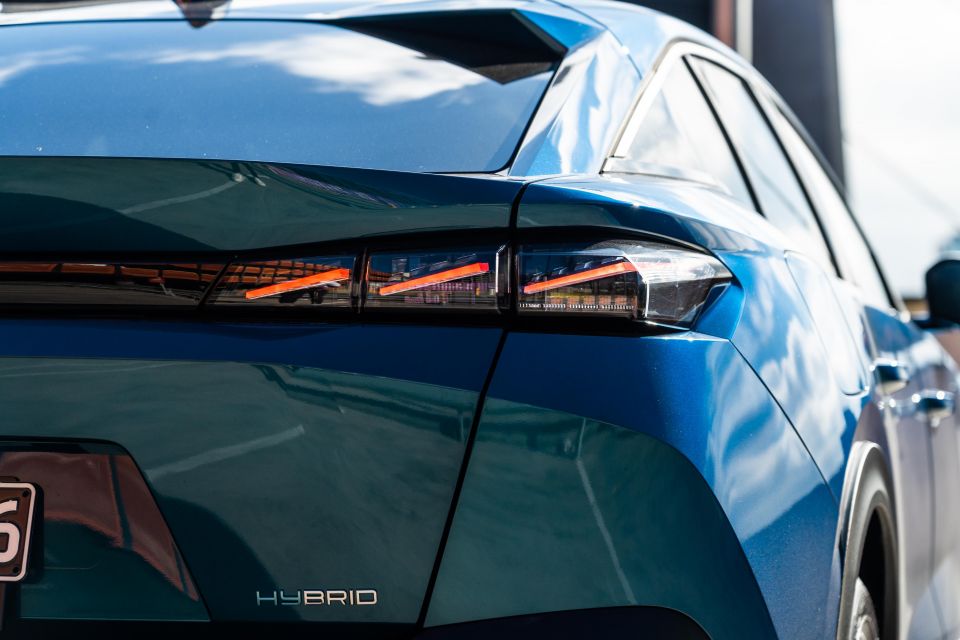

408 GT Plug-in Hybrid highlights:
There’s also three free years worth of Connected Services access, which includes car park locations and space availability and fuel station locations and pricing. A panoramic sunroof is optional.
The Peugeot 408 has yet to be assessed by ANCAP, but Euro NCAP gave it a four-star rating in 2022. This testing was based on that of the 308, which Euro NCAP says has a “practically identical” structure.
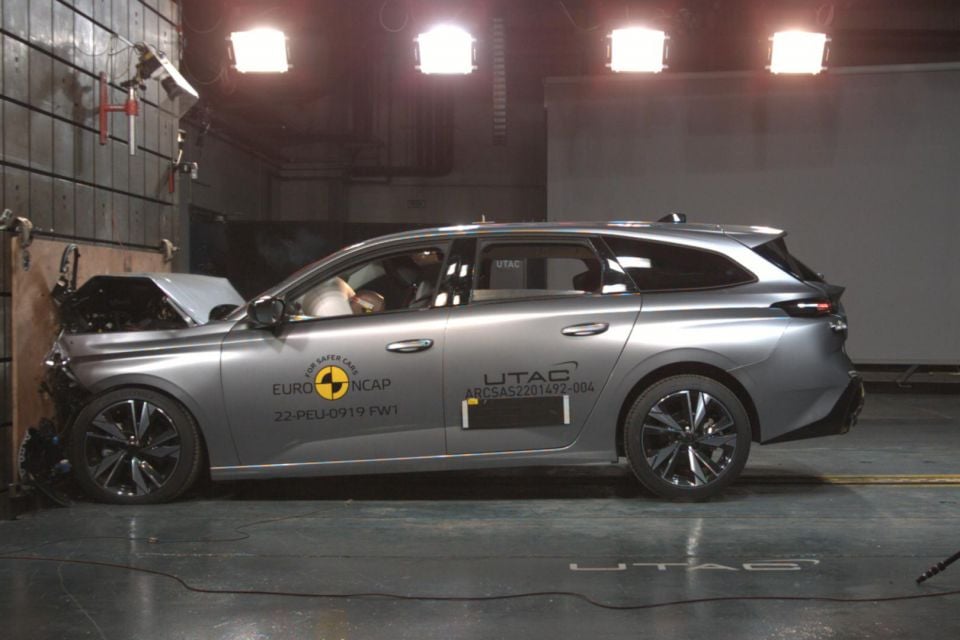
Where expert car reviews meet expert car buying – CarExpert gives you trusted advice, personalised service and real savings on your next new car.
It received an adult occupant protection rating of 76 per cent, a child occupant protection rating of 84 per cent, a vulnerable road user protection rating of 78 per cent, and a safety assist rating of 65 per cent.
Standard safety equipment includes:
The Peugeot 408 is backed by a five-year, unlimited-kilometre warranty and an eight-year, 160,000km battery warranty.
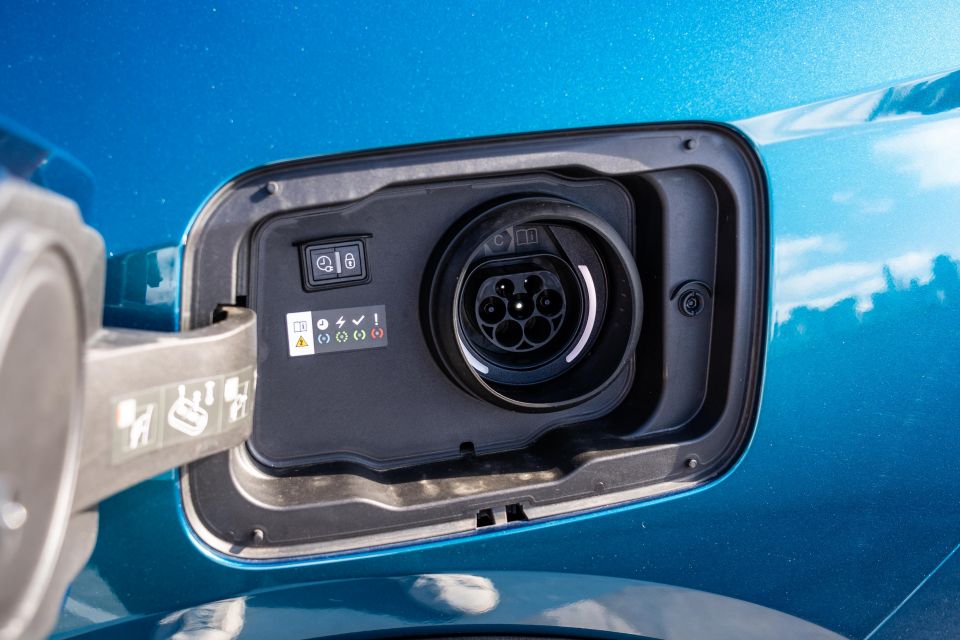
| Peugeot 408 | |
|---|---|
| Warranty | 5 years, unlimited kilometres |
| PHEV battery warranty | 8 years, 160,000km |
| Service intervals | 12 months or 20,000km |
| 3-year service plan | $1200 |
| 4-year service plan | $1700 |
| 5-year service plan | $2000 |
The 408 won’t be charging up the sales charts, but that doesn’t mean it has no merit.
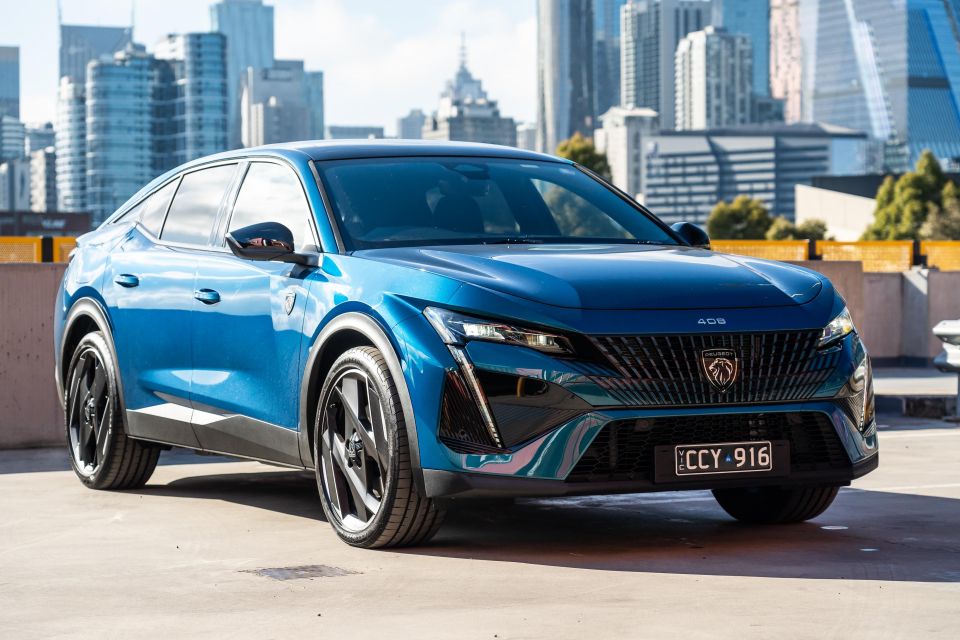
If you want to stand out from the crowd, there are few better ways for the money. This is a seriously head-turning car in person, and really does get other drivers craning for another look in traffic.
The cabin is pretty to look at, although it still doesn’t quite deliver on the promise of its handsome design.
The flip side? That distinctive design undermines its practicality, and the plug-in hybrid setup makes this a more expensive and complicated car than it otherwise would be.
It’s Peugeot at its best and worst, all at the same time.
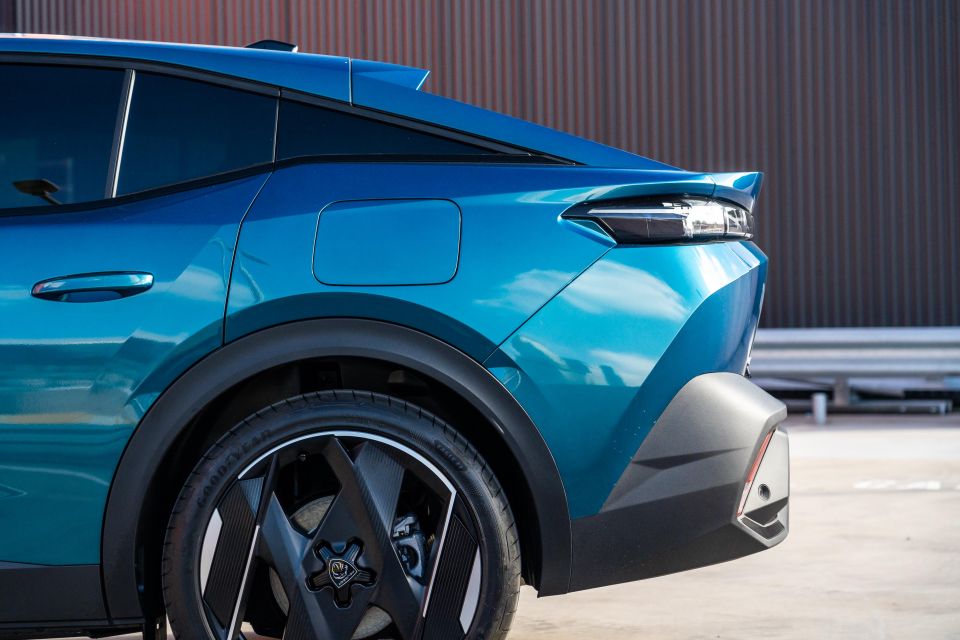
Click on the images to view the full gallery
MORE: Buy a Peugeot 408 MORE: Everything Peugeot 408
Where expert car reviews meet expert car buying – CarExpert gives you trusted advice, personalised service and real savings on your next new car.
Scott Collie is an automotive journalist based in Melbourne, Australia. Scott studied journalism at RMIT University and, after a lifelong obsession with everything automotive, started covering the car industry shortly afterwards. He has a passion for travel, and is an avid Melbourne Demons supporter.


Damion Smy
10 Hours Ago


Damion Smy
11 Hours Ago


Damion Smy
12 Hours Ago


Damion Smy
14 Hours Ago


Damion Smy
16 Hours Ago


Damion Smy
17 Hours Ago